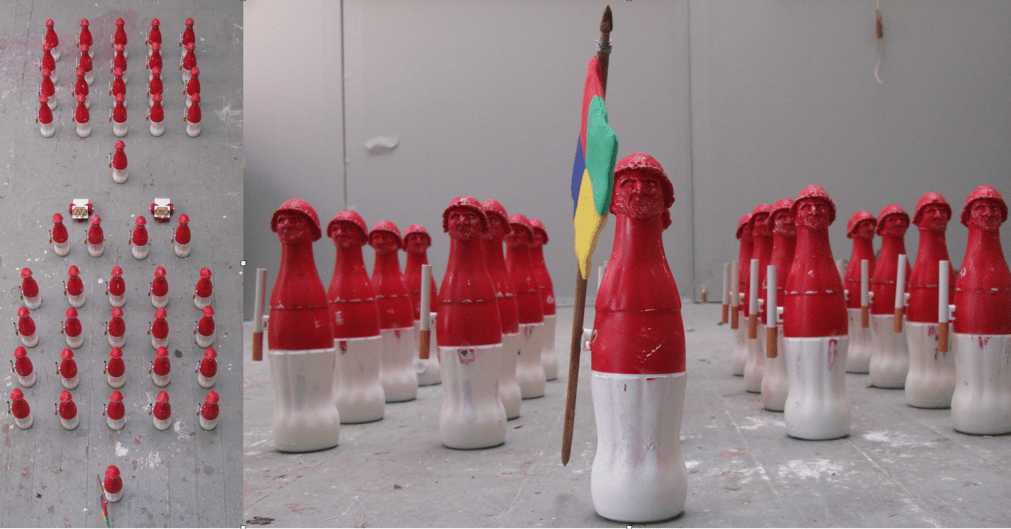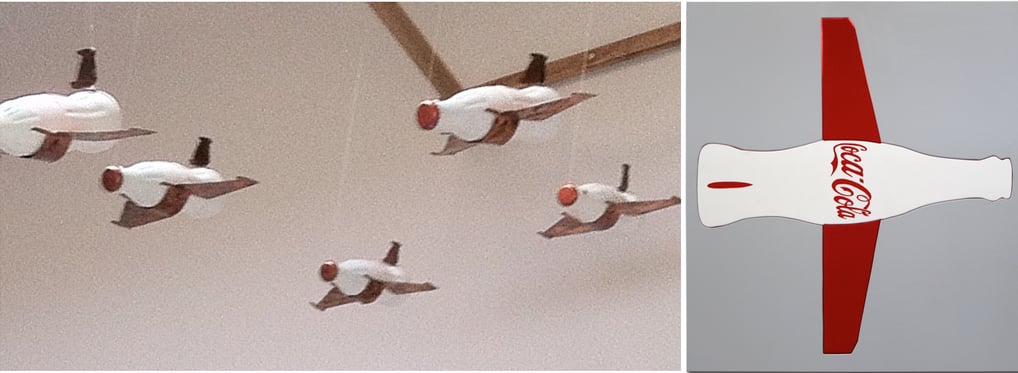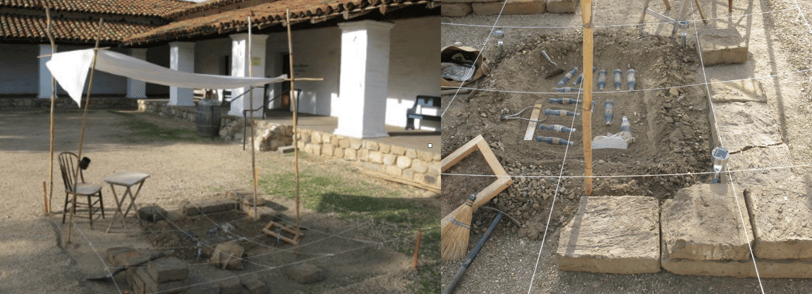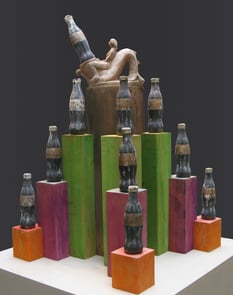Giovanni CocaCola: An Ideological Soldier
Dante Sigismondi's art explores the metaphysics of iconic objects through his "ideological soldier" Giovanni CocaCola. Influenced by Arte Povera, his work features the Coca-Cola bottle in both the context of Giovanni and as seemingly ancient Etruscan relics in "Wanted to be Found," culminating in playful "gorilla art" installations at historical sites that challenge our perception, further exploring themes of recontextualization and the persistence of form across time.
Dante Sigismondi
5/14/20253 min read
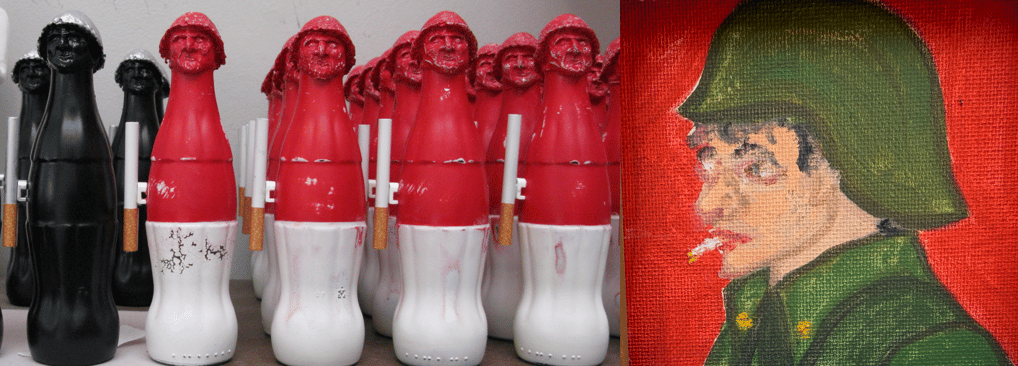

I had always been fascinated by Giorgio Morandi’s still life compositions of bottles, which were described as “miniature modern skyscrapers. . . ” and I had taken on the bottle subject for many of my sculptures in the past with the same metaphysical nature as in his paintings. The creation of the character Giovanni CocaCola was the progression of my play with found objects and the recontextualization of iconic symbols, blended with personification and a political story.
While Morandi depicted the bottles he saw through his filters and insight, he painted the objects relatively as they were. I was taking found objects with established recognition and making an analogy of a reality that might exist in the metaphysical world—an undertone that we all seem to know and feel about ourselves as consumers and collaborators within the global system of influence, a silent 'war campaign' through which I offered the iconic soldier Giovanni CocaCola.
The appropriation of the iconic symbol and its intent, using it as a found object, is much like a child playing make-believe with toy soldiers and airplanes surrounded by visual cues in a world filled with media and promotional imagery. Arte Povera directly influenced my understanding and laid the groundwork for this series. The playfulness of Piero Manzoni and the recontextualization of iconic objects by Michelangelo Pistoletto were direct influences in creating the series.
The Giovanni CocaCola formation includes a series of fifty 'infantry' soldiers and a 'six-pack' of 'elite' troops. Each soldier is constructed from a repurposed classic 8oz Coca-Cola bottle and topped with the distinct Giovanni head and helmet mold. The 'infantry' edition adheres to the iconic Coca-Cola color palette, featuring a red helmet, head, and torso, contrasted by a white bottom bearing distressing from battle. In stark distinction, the 'elite' troops are rendered entirely in black with a silver helmet. Notably, each soldier carries a faux cigarette, acting as a shoulder rifle. This inclusion serves as an exploration of the symbolic nature of weapons in warfare and subtly integrates a partnering corporate entity. The infantry set is further augmented by two Marlboro cigarette cannons and a Microsoft flag bearer.
Drawing further inspiration from the spirit of Arte Povera and the playful recontextualization I admire in Manzoni and Pistoletto, other works in this series similarly explore the appropriation of corporate icons, the symbology of warfare, and the pervasive influence of Mass Media campaigns. This is evident in pieces featuring Coca-Cola planes and jet formations, often enhanced with the inclusion of sound effects and voice-overs to amplify their impact. A large, hand-painted red light box, depicting the plane as a promotional tool for a 'war endeavor,' further embodies this theme, alongside the inclusion of a rocket sculpture and mixed media paintings.
My initial explorations with the iconic Coca-Cola bottle also extended into computer graphics, photo manipulations, and animated GIFs. However, I then shifted my focus, moving beyond the themes of cultural conformity explored through the bottle to further push the concepts of recontextualization and playfulness in my series ‘Wanted to be Found.’ This new direction involved molding twelve porcelain Coca-Cola bottles to resemble Etruscan relics. On these forms, I incorporated etchings appropriated from Etruscan vases and wall art, alongside my own contemporary designs. The bottles were finished in black with gold accents, echoing the aesthetic of ancient Etruscan pottery. Through this transformation, the familiar bottle shape became a statement about the persistence of form across time, creating a seemingly timeless icon that connected and associated disparate eras and objects into a seamless relic.
Following the creation of these 'Etruscan' relics, I delved further into the realm of playfulness with a 'gorilla' installation at an old Spanish historical site—a space resonant with another time period. This intervention took the form of a seemingly archaeological dig, complete with a grid, tools, and relics authentic to the Spanish site. Within this staged excavation, the porcelain Coca-Cola Etruscan relics from ‘Wanted to be Found’ were 'uncovered,' as if they had been waiting to be found. This step amplified the recontextualization of objects, making a metaphysical reality tangible within a real space. The 'gorilla' nature of the installation—a pop-up that appeared unexpectedly—underscored the playfulness and made the relics feel suddenly relevant within this new historical context.
